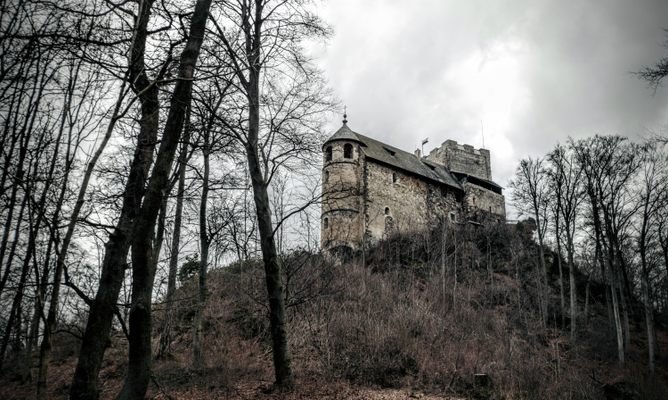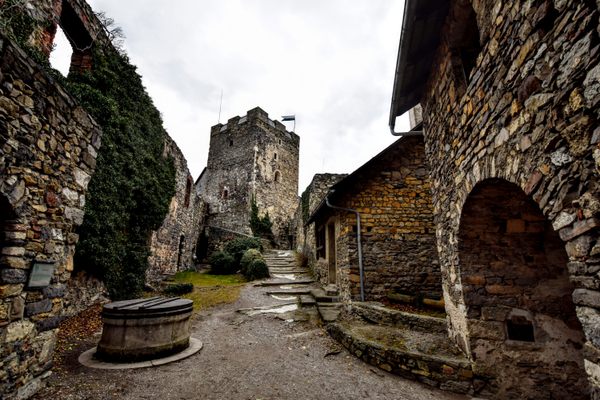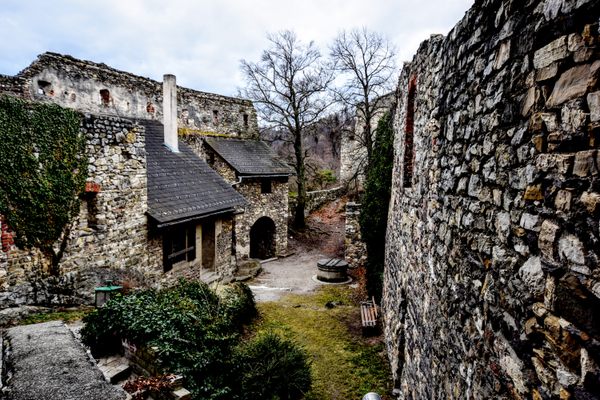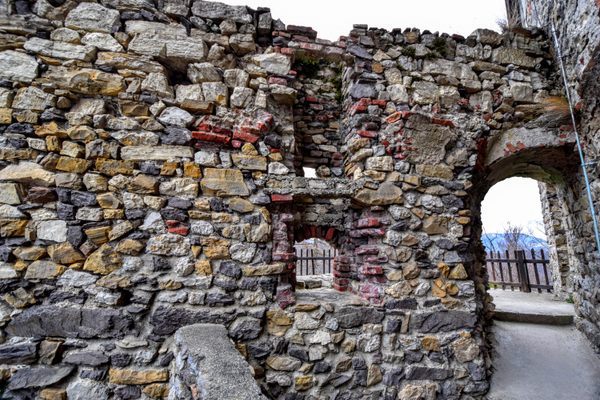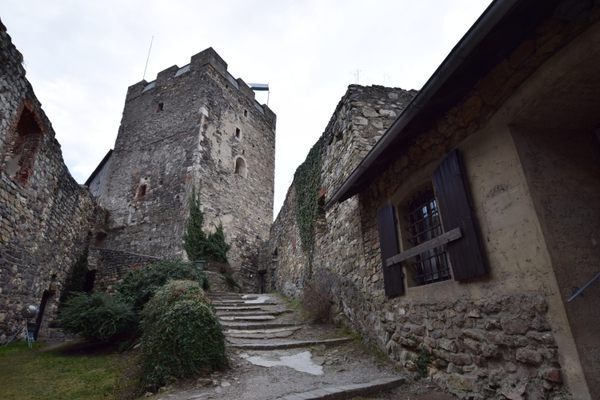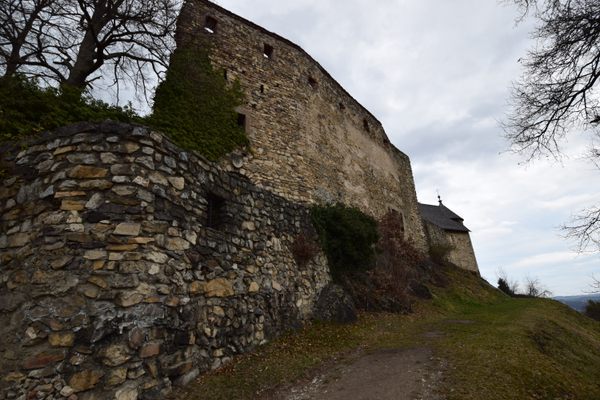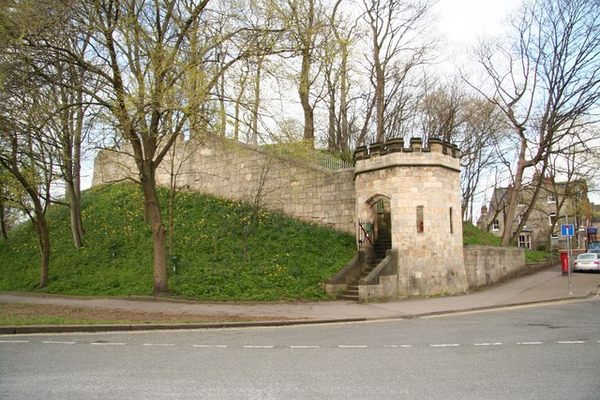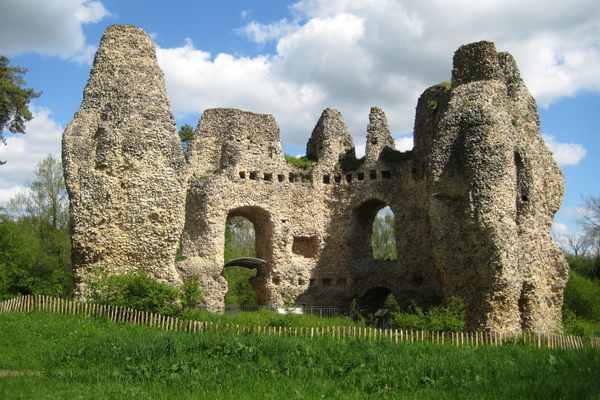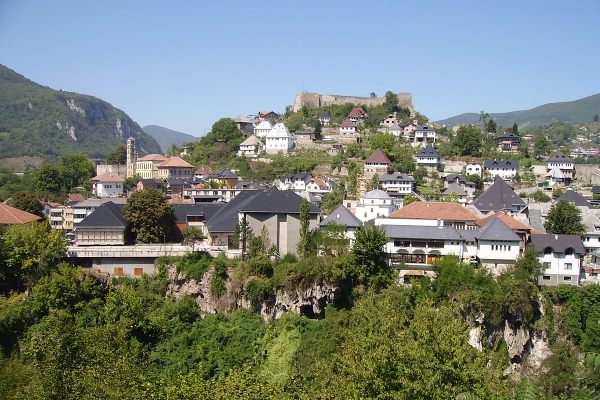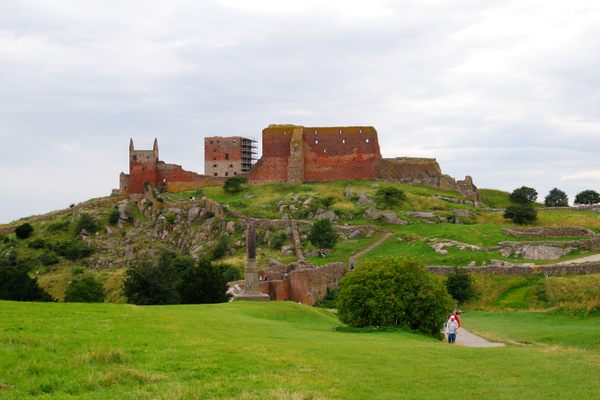About
Sitting in a valley surrounded by rugged hills, Graz is the second largest city in Austria and has historically been an important point of passage between Western and Eastern Europe. In medieval times, the hills around the city were fortified with watch towers and castles for defensive purposes. Few of these fortifications remain, but one of the highest peaks still boasts the eerie ruins of one Gösting Castle, one such relic of the Holy Roman Empire.
Originally built in the 11th century, the castle was gradually expanded and updated for several centuries, serving as an outpost above Graz to defend against invading Turks and Hungarians. However, tragedy struck on July 10, 1723, in the form of a lightning bolt igniting a gunpowder magazine, blowing the roof and several walls down while setting the rest of the castle ablaze. Being at that point somewhat antiquated, the owners opted to replace it with a more modern structure in a different location. The remains of the burnt-out castle were left to decay for almost two centuries until efforts were undertaken to stabilize it in 1925 by the Gösting Castle Preservation Society.
Today only the chapel, the keep, and the remnants of some of the walls are still standing. A small tavern and museum operate next to the castle as well. The ruins are situated 200m (656 ft) above Graz and offer a panoramic view of the Graz basin and the eastern Styrian hill country.
Related Tags
Know Before You Go
It’s possible only to reach by foot from the bottom of the hill, about a 20 minute hike. Buses from Schlossplatz in Gösting stop right at the bottom (40, 48 or 85). At the top there is a small tavern, a museum, and a few more hiking trails around the area with remarkable views. There is free entrance (no tickets) and pub with food and drink. If the door to chapel is closed, ask the friendly people in the pub if it is possible to visit the chapel.
Published
November 30, 2016
